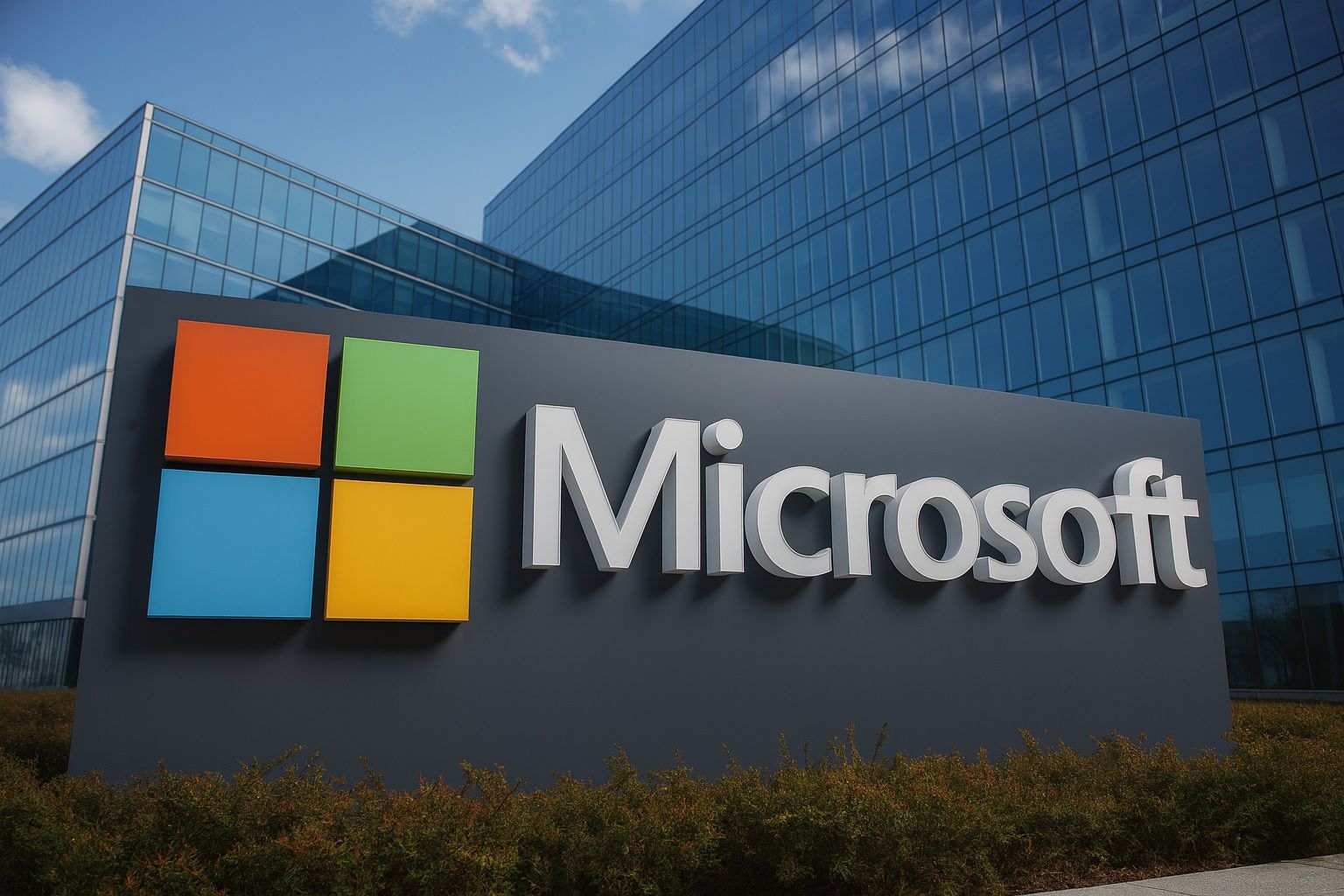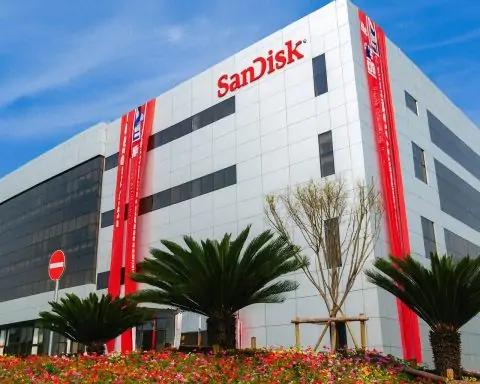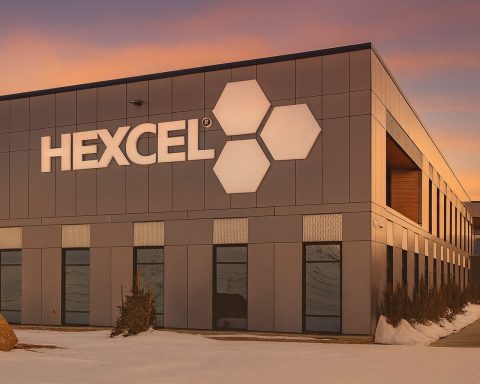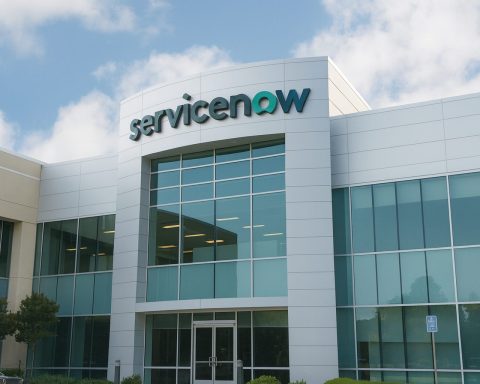- Price rally: MSFT trades around $541 (Oct 30, 2025) [1], close to its 52-week high (~$555) [2]. Shares are up ~25% year-to-date (and ~23% year-over-year [3]), giving Microsoft a market cap just over $4.0 trillion [4].
- Strong earnings: In late Oct, Microsoft reported Q1 FY2026 revenue of $77.7 billion (+18% YoY) and GAAP EPS $3.72 (+13%) [5] (non-GAAP EPS $4.13, +23%). Azure and cloud segments drove growth (+40% Azure revenue) [6]. The results beat forecasts (Investing.com noted EPS $4.13 vs $3.66 est) [7].
- Cloud growth: Intelligent Cloud (including Azure) revenue jumped 28% to $30.9 billion [8]. Microsoft Cloud revenue (Azure plus Office 365/Commercial) was $49.1 billion (+26%) [9], underlining robust demand for its AI and cloud services.
- Bullish analyst outlook: Wall Street is largely “Buy” on MSFT. Analyst consensus 12-month price target is roughly $620–627 (about +15–16% upside) [10]. Top firms eye mid-$600s: Piper Sandler targets $650 [11] (+20%), Morgan Stanley $625 [12], Wedbush $625 [13]. Wedbush’s Dan Ives even envisions a $5 trillion valuation ahead [14].
- Big AI/cloud deals: Microsoft is locking up AI capacity. In Sept–Oct, it signed a 5-year, $17.4 billion GPU cloud contract with Nebius (accessing >100,000 Nvidia chips) [15], and joined a $40 billion consortium (with Nvidia/BlackRock) to buy ~80 Aligned data centers [16]. These moves secure the infrastructure needed for surging AI demand.
- New data partnerships: At GITEX Dubai (Oct 13), Microsoft and London Stock Exchange Group (LSEG) announced that LSEG’s 33+ petabytes of market data will be integrated into Microsoft’s Copilot AI platform [17], enabling Copilot to answer finance queries with rich historical data. The week before, Microsoft and OpenAI struck a landmark deal (Oct 28) letting OpenAI restructure as a public-benefit corp (valued $500B). Barclays analysts noted this “creates a solid framework” and “removes an overhang” on MSFT shares [18].
- Product & device updates: Microsoft showcased new AI-enabled devices and services. At GITEX, it unveiled the latest Surface “Copilot+” business PCs and Surface Laptop with built-in 5G [19]. It is also rolling out AI experiences in Windows 11 and expanding Microsoft 365 Copilot across apps. These launches aim to make every PC an “AI PC” and drive adoption of its AI platform.
- Gaming strategy: Xbox is moving upscale. In Oct, Microsoft released the $999 Xbox Ally X handheld (a Windows 11 gaming PC) and hinted its next Xbox console will be a “very premium, high-spec” machine [20]. It also raised Xbox Series X prices (to $649) and Game Pass fees, focusing on enthusiast gamers [21]. (For perspective, Microsoft now reports 50+ million Game Pass subscribers across Xbox and PC as of FY2025.)
- Leadership & AI focus: CEO Satya Nadella recently reshuffled senior roles to double down on AI. Judson Althoff was named CEO of Microsoft’s worldwide commercial business (sales, marketing, ops), freeing Nadella to focus on “datacenter buildout, systems architecture, AI science, and product innovation” [22]. Nadella calls the AI era a “tectonic AI platform shift” requiring Microsoft to “build the new frontier” in technology [23]. As one strategist put it, Microsoft’s identity is evolving “beyond traditional software” to an “AI platform provider” for global enterprises [24].
- Regulatory & risks: The news flow has been largely positive, but Microsoft also navigated some challenges. EU regulators in Oct approved Microsoft’s plan to unbundle Teams from Office to clear an antitrust probe. In the U.S., a shareholder lawsuit was filed alleging MSFT’s exclusive OpenAI deal is anti-competitive (Microsoft disputes the claim). Also, on Oct 29 a major Azure outage briefly took down Xbox Live, Outlook and other services worldwide [25]. Services were restored by evening, but the incident underscored internet infrastructure risks.
Microsoft’s October surge reflects both its recent execution and investor anticipation. The strong Q1 results and aggressive AI/cloud investments have boosted confidence. As Barclays noted about the OpenAI news, the company is “putting down all its chips to bet on AI’s future” [26], and many analysts expect this to pay off. While valuations are lofty (forward P/E ~46 [27]), Wall Street consensus remains overwhelmingly bullish. Even cautious voices admit Microsoft’s diverse revenue streams and cash flows justify a premium [28]. Going forward, analysts will watch closely for signs of sustained cloud growth and how Microsoft manages rising capex (CFO Amy Hood indicated “record” spending on infrastructure). The combination of secular AI demand, expanded cloud offerings, and a loyal enterprise base gives Microsoft a clear runway. Barring any surprises, most experts believe MSFT could extend its rally – many price targets imply another 15–20% upside in the next 12 months.
Sources: Company press release [29] [30]; Reuters and financial news [31] [32] [33]; TS2.tech analysis [34] [35] [36]; Investing.com [37] [38]; StockAnalyst/MarketBeat data [39] [40]. (All data as of Oct 30, 2025.)
References
1. www.reuters.com, 2. www.reuters.com, 3. www.investing.com, 4. www.reuters.com, 5. www.prnewswire.com, 6. www.prnewswire.com, 7. www.investing.com, 8. www.prnewswire.com, 9. www.prnewswire.com, 10. www.marketbeat.com, 11. stockanalysis.com, 12. stockanalysis.com, 13. stockanalysis.com, 14. ts2.tech, 15. ts2.tech, 16. ts2.tech, 17. www.lseg.com, 18. www.reuters.com, 19. news.microsoft.com, 20. ts2.tech, 21. ts2.tech, 22. www.globalbankingandfinance.com, 23. www.globalbankingandfinance.com, 24. ts2.tech, 25. www.newsweek.com, 26. www.reuters.com, 27. www.reuters.com, 28. ts2.tech, 29. www.prnewswire.com, 30. www.prnewswire.com, 31. www.reuters.com, 32. www.reuters.com, 33. www.globalbankingandfinance.com, 34. ts2.tech, 35. ts2.tech, 36. ts2.tech, 37. www.investing.com, 38. www.investing.com, 39. www.marketbeat.com, 40. stockanalysis.com







